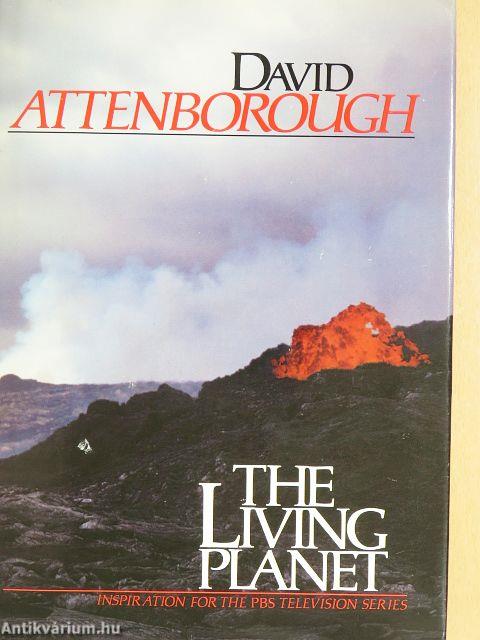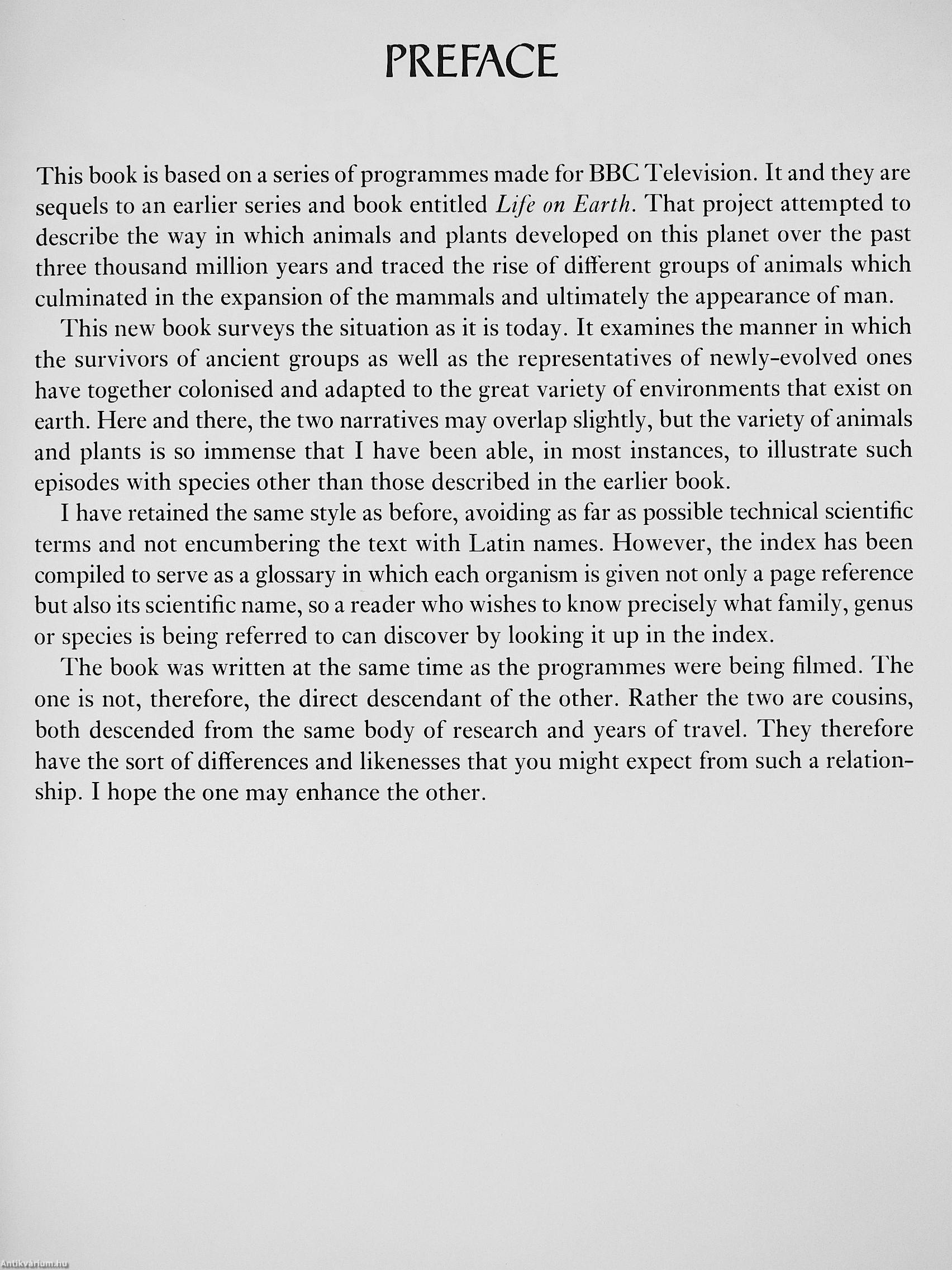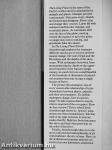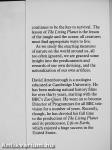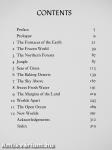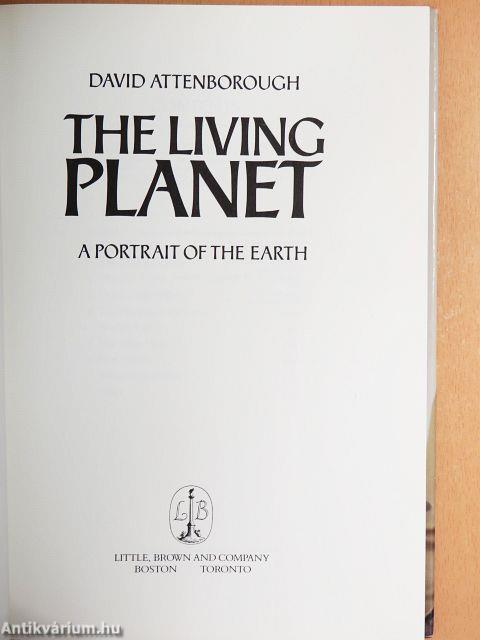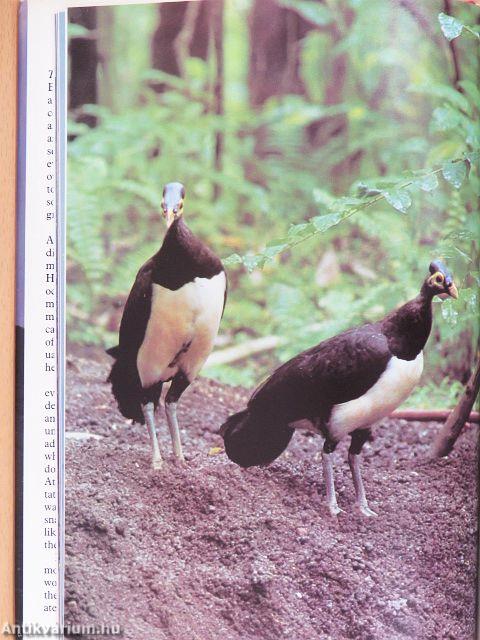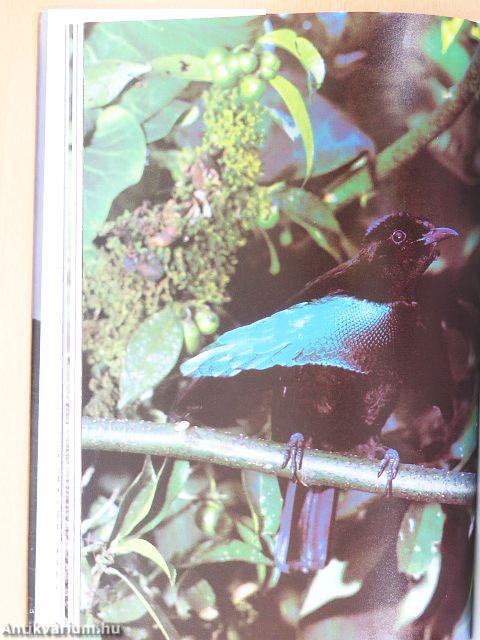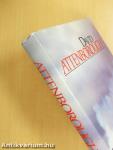1.067.017
kiadvánnyal nyújtjuk Magyarország legnagyobb antikvár könyv-kínálatát

VISSZA
A TETEJÉRE
JAVASLATOKÉszre-
vételek
The Living Planet
A Portrait of the Earth
| Kiadó: | Little, Brown and Company |
|---|---|
| Kiadás helye: | Boston-Toronto |
| Kiadás éve: | |
| Kötés típusa: | Félvászon |
| Oldalszám: | 320 oldal |
| Sorozatcím: | |
| Kötetszám: | |
| Nyelv: | Angol |
| Méret: | 26 cm x 18 cm |
| ISBN: | 0-316-05748-7 |
| Megjegyzés: | Színes fotókkal. |
naponta értesítjük a beérkező friss
kiadványokról
naponta értesítjük a beérkező friss
kiadványokról
Előszó
TovábbFülszöveg
The Living Planet is the story of the Earth's surface and its colonization by animals and plants. Changes proceed continuously. Volcanoes erupt, islands are formed and disappear. Rivers clog and change their courses. Lakes fill with sediment and become swamps, and eventually plains. As continents drift over the face of the globe, moving toward the equator or up to the poles, so jungle may turn to tundra, and grasslands bake into desert.
In The Living Planet David Attenborough explores the strategies different species use to survive environmental change. He visits Nepal and the Himalayas and the depths of the deep ocean. With techniques borrowed from mountaineering he climbs to the uppermost branches of the Amazon jungle canopy, in search for just a small handful of the hundreds of thousands of individual creatures that may occupy a single hectare of forest.
The picture that emerges is one of every conceivable relationship of interdependence between plants, animals, and their... Tovább
Fülszöveg
The Living Planet is the story of the Earth's surface and its colonization by animals and plants. Changes proceed continuously. Volcanoes erupt, islands are formed and disappear. Rivers clog and change their courses. Lakes fill with sediment and become swamps, and eventually plains. As continents drift over the face of the globe, moving toward the equator or up to the poles, so jungle may turn to tundra, and grasslands bake into desert.
In The Living Planet David Attenborough explores the strategies different species use to survive environmental change. He visits Nepal and the Himalayas and the depths of the deep ocean. With techniques borrowed from mountaineering he climbs to the uppermost branches of the Amazon jungle canopy, in search for just a small handful of the hundreds of thousands of individual creatures that may occupy a single hectare of forest.
The picture that emerges is one of every conceivable relationship of interdependence between plants, animals, and their environments. If a habitat undergoes change, how do species adapt? As lake regions drain to marsh, what is required of the occupants? How do they survive? This is what David Attenborough shows us. Species' adaptations are often extraordinary: fish that walk or lay eggs on leaves in mid-air; snakes that fly; flightless birds that graze like deer; and bears that grow hair on the soles of their feet.
Finally, Attenborough takes us to the most confused and indecipherable of all world habitats: the city of man. Here, in the artificial environment man has created for his own habitation, adaptation
continues to be the key to survival. The lesson of The Living Planet is the lesson of the jungle and the ocean: all creatures must find appropriate ways to live.
As we study the exacting measures of nature on the world around us, all too often ignored, we are granted some insight into the predicaments and rewards of our own devising, and the naturalization of our own artifices.
David Attenborough is a zoologist educated at Cambridge University. He has been making natural history films for over thirty years, starting with the BBC's Zoo Quest. He went on to become Director of Programmes for all BBC television for a number of years. Recently, though, he has devoted his full time to the production of The Living Planet and its predecessor. Life on Earth, which enjoyed a huge success in the United States. Vissza
Témakörök
- Idegennyelv > Idegennyelvű könyvek > Angol > Természettudományok > Biológia
- Idegennyelv > Idegennyelvű könyvek > Angol > Természettudományok > Földrajz
- Természettudomány > Földrajz > Általános természeti földrajz > Élővilág
- Természettudomány > Földrajz > Idegen nyelv > Angol
- Természettudomány > Földrajz > Általános természeti földrajz > Föld
- Természettudomány > Biológia > Biológia, általános > Élővilág
- Természettudomány > Biológia > Biológia, általános > Idegennyelvű
- Természettudomány > Biológia > Ökológia, környezetvédelem > Ökológia > Általában
- Természettudomány > Biológia > Ökológia, környezetvédelem > Idegennyelvű



